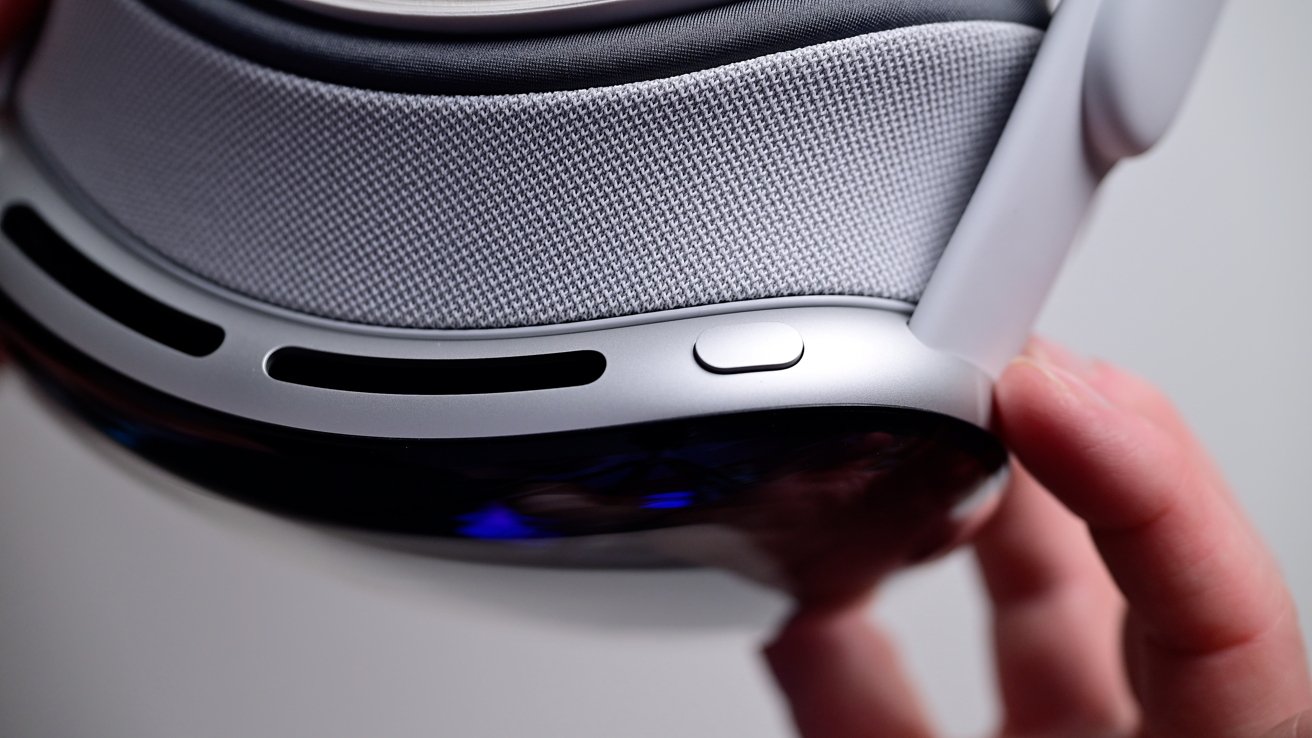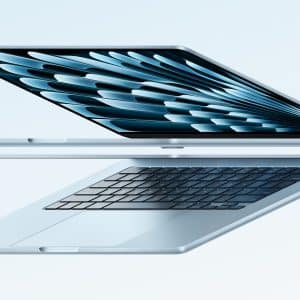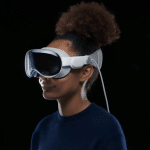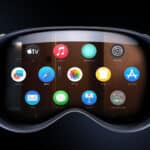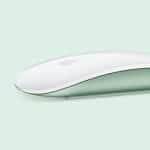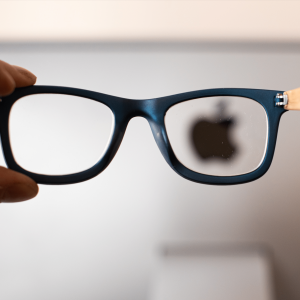The Apple Vision Pro has generated significant buzz since its introduction. With cutting-edge features like spatial computing and augmented reality (AR), the device promises to revolutionize how users interact with technology. Apple is now exploring various hardware advancements to further enhance its Apple Vision Pro product line, making it a standout device in both the AR and virtual reality (VR) sectors.
The future of the Apple Vision Pro could redefine the AR/VR industry by focusing on expanded capabilities, increased accessibility, and improved performance. In this post, we’ll examine the potential hardware upgrades Apple is reportedly exploring and what they could mean for the future.
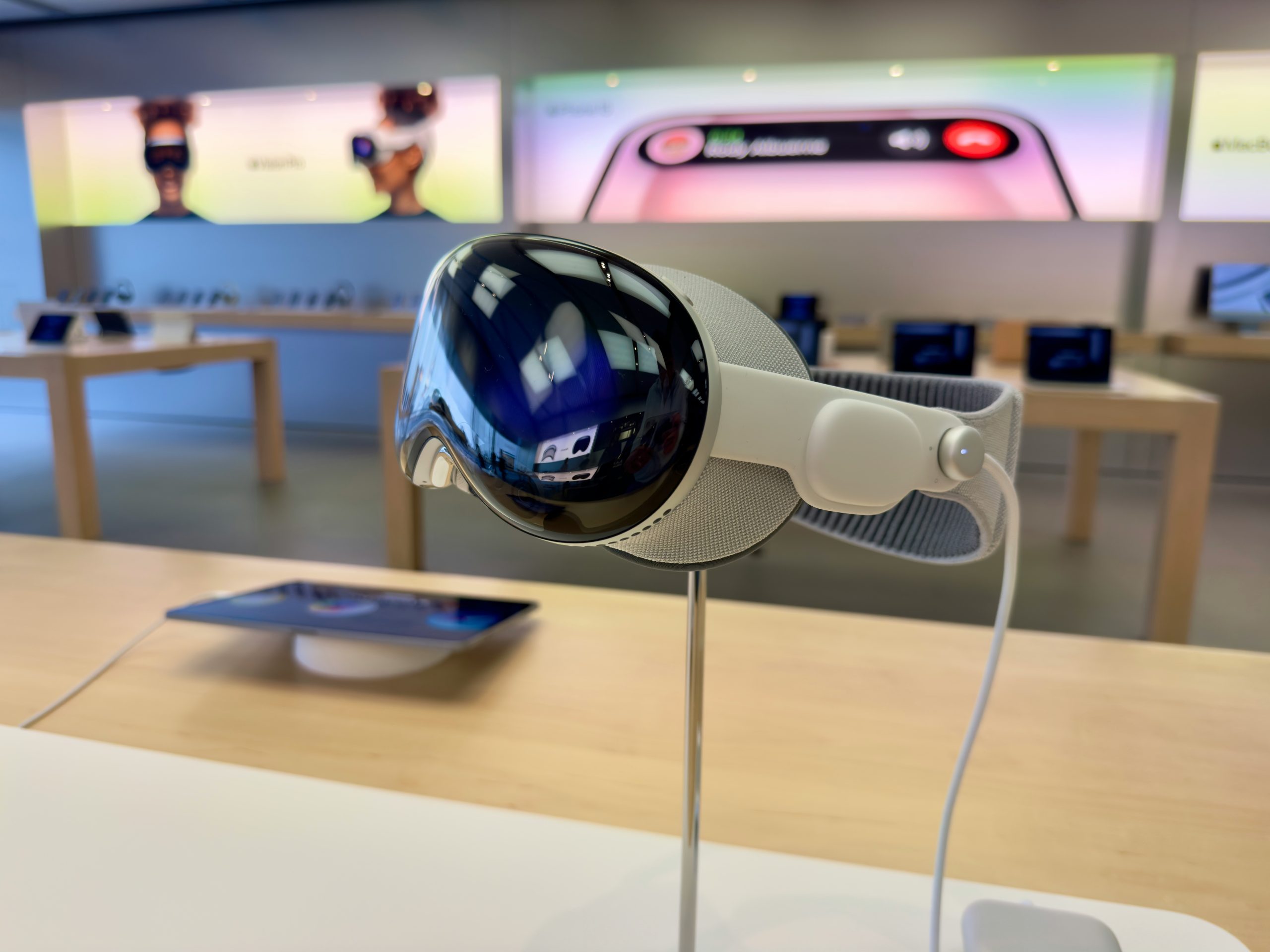
Apple Vision Pro: Advancements in Spatial Computing
One of the core features of Apple Vision Pro is its spatial computing capability, which merges physical and digital environments to create immersive experiences. As Apple explores new hardware paths, we can expect significant enhancements in the device’s spatial computing power.
1. Enhanced Processing Power
A natural progression would involve increasing the device’s processing power. With each iteration, Apple typically upgrades its chipsets, and the future of the Apple Vision Pro might feature a more powerful chip, potentially from the next generation of the M-series processors. This upgrade could vastly improve real-time rendering capabilities, allowing for even more complex AR applications to run smoothly.
2. Better Display Technology
Another area where Apple is likely to innovate is in the display technology used in the Vision Pro. As VR and AR experiences rely heavily on crisp visuals, future Vision Pro models may introduce higher-resolution displays or even utilize Micro-LED technology for a richer, more immersive experience.
3. Improved Battery Life
Battery life is crucial for any wearable device, especially one as sophisticated as the Apple Vision Pro. With advanced hardware, Apple may also focus on battery improvements, aiming to extend the device’s usage time without sacrificing performance. This could make Vision Pro a more practical tool for extended AR sessions or professional use cases.

Expanding Accessibility & Use Cases
A major focus for the future of Apple Vision Pro may involve making the device more accessible to a wider audience. Currently priced as a high-end device, Vision Pro appeals primarily to developers and tech enthusiasts. However, Apple could be working on lower-cost models to attract more mainstream users.
1. Potential for Different Models
Apple has a history of launching multiple versions of its products, catering to various market segments. In the future, we may see a “Pro” version for power users alongside a more affordable entry-level model that retains the core AR/VR functionality but at a more accessible price point.
2. Expanding into Different Sectors
The future Apple Vision Pro hardware could see a more specialized focus for different sectors, such as healthcare, education, or gaming. By tailoring the device’s features for specific industries, Apple could make Vision Pro more relevant in various professional environments, especially with enhanced capabilities in fields like telemedicine or virtual classrooms.
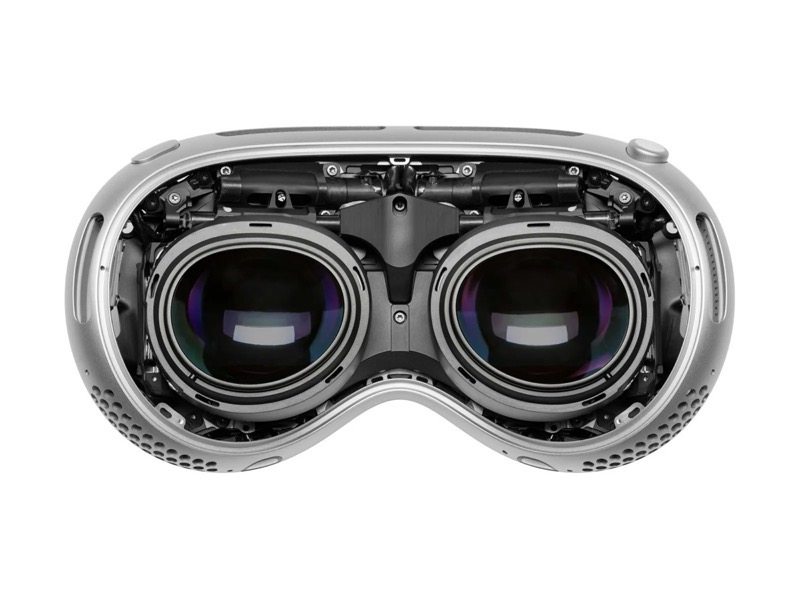
Redesigned Form Factor
Apple is known for its sleek design language, and future Vision Pro iterations are likely to see changes in form factor and weight. Lighter, more comfortable devices are critical for extended use, and reducing the bulk of the Vision Pro would likely lead to increased adoption rates.
1. Lightweight Materials
Future models could incorporate lighter materials such as advanced polymers or aluminum alloys, making the device less cumbersome for users. This would particularly benefit professionals who need to use Vision Pro for long periods.
2. Sleeker Headset Design
Apple could also explore reducing the size of the headset without compromising on functionality. A sleeker design would make the Vision Pro less intrusive and more wearable in everyday life, opening the door to broader consumer use.
Potential Connectivity Upgrades
Seamless connectivity between Apple devices has always been one of the company’s strong suits. The future Apple Vision Pro could take advantage of more advanced wireless technologies, improving the overall user experience.
1. 5G and Beyond
As 5G technology continues to evolve, the Vision Pro will likely support faster wireless connections. With improved connectivity, the Vision Pro could enable real-time collaboration in AR, enhancing productivity in remote working environments.
2. Integration with Other Apple Devices
Apple may also deepen the integration of the Vision Pro with other products, such as the iPhone, iPad, and Mac, to create an even more connected experience. Users could switch between devices seamlessly, using Vision Pro as an extension of their existing Apple network.

The Future of Vision Pro Software
Hardware isn’t the only area Apple is focusing on. Software will also play a significant role in the evolution of Vision Pro. Future updates to visionOS are expected to unlock new features and capabilities, especially as Apple continues to develop its ecosystem around AR/VR applications.
1. Developer Ecosystem
Apple has always placed a significant emphasis on its developer community. As the Vision Pro evolves, so too will the suite of apps and tools available to developers. An expanded software development kit (SDK) and support for more third-party apps could open up a wide range of possibilities for Vision Pro users.
2. App Store for Vision Pro
We could also see a dedicated App Store for Vision Pro, with exclusive AR/VR applications that take full advantage of the device’s capabilities. This move would foster innovation within the AR/VR space, encouraging more developers to create apps tailored to the Vision Pro’s unique hardware and software environment.
Are you an Apple Vision Pro fan? Let us know your experience on X.

